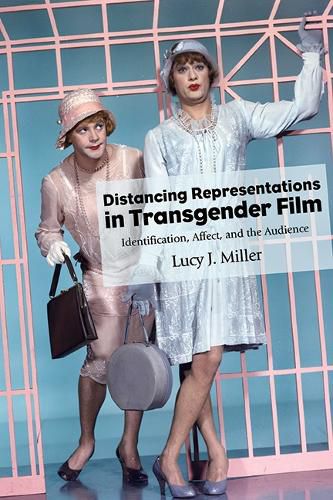Readings Newsletter
Become a Readings Member to make your shopping experience even easier.
Sign in or sign up for free!
You’re not far away from qualifying for FREE standard shipping within Australia
You’ve qualified for FREE standard shipping within Australia
The cart is loading…






Distancing Representations in Transgender Film explores the representation of transgender identity in several important cinema genres: comedies, horror films, suspense thrillers, and dramas. In a critique that is both deeply personal and theoretically sophisticated, Lucy J. Miller examines how these representations are often narratively and visually constructed to prompt emotions of ridicule, fear, disgust, and sympathy from a cisgender audience. Created by and for cisgender people, these films do not accurately represent transgender people’s experiences, and the emotions they inspire serve to distance cisgender audience members from the transgender people they encounter in their day-to-day lives. By helping to increase the distance between cisgender and transgender people, Miller argues, these films make it more difficult for cisgender people to understand the experiences of transgender people and for transgender people to fully participate in public life. The book concludes with suggestions for improving transgender representation in film.
$9.00 standard shipping within Australia
FREE standard shipping within Australia for orders over $100.00
Express & International shipping calculated at checkout
Distancing Representations in Transgender Film explores the representation of transgender identity in several important cinema genres: comedies, horror films, suspense thrillers, and dramas. In a critique that is both deeply personal and theoretically sophisticated, Lucy J. Miller examines how these representations are often narratively and visually constructed to prompt emotions of ridicule, fear, disgust, and sympathy from a cisgender audience. Created by and for cisgender people, these films do not accurately represent transgender people’s experiences, and the emotions they inspire serve to distance cisgender audience members from the transgender people they encounter in their day-to-day lives. By helping to increase the distance between cisgender and transgender people, Miller argues, these films make it more difficult for cisgender people to understand the experiences of transgender people and for transgender people to fully participate in public life. The book concludes with suggestions for improving transgender representation in film.